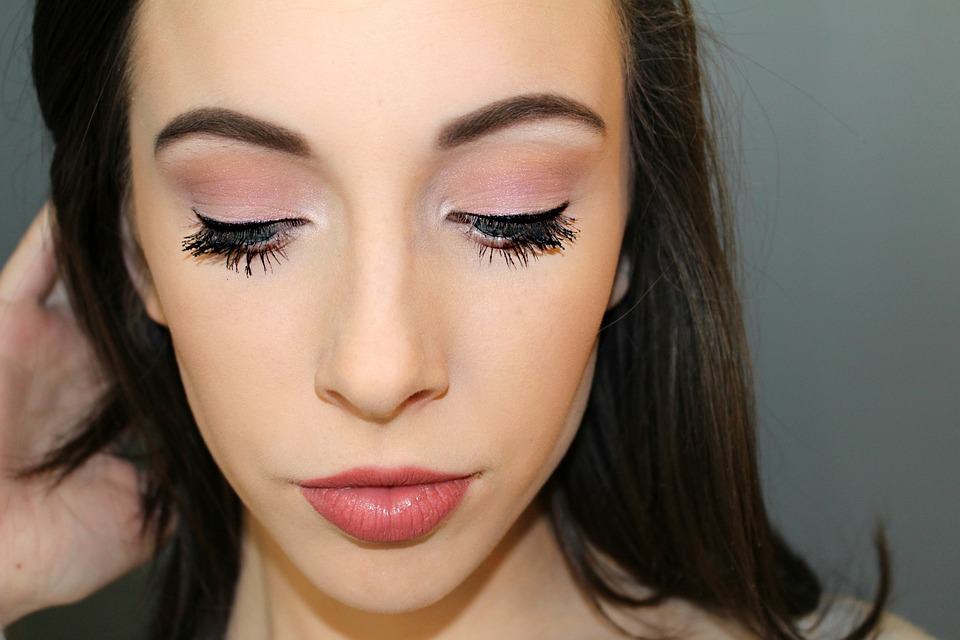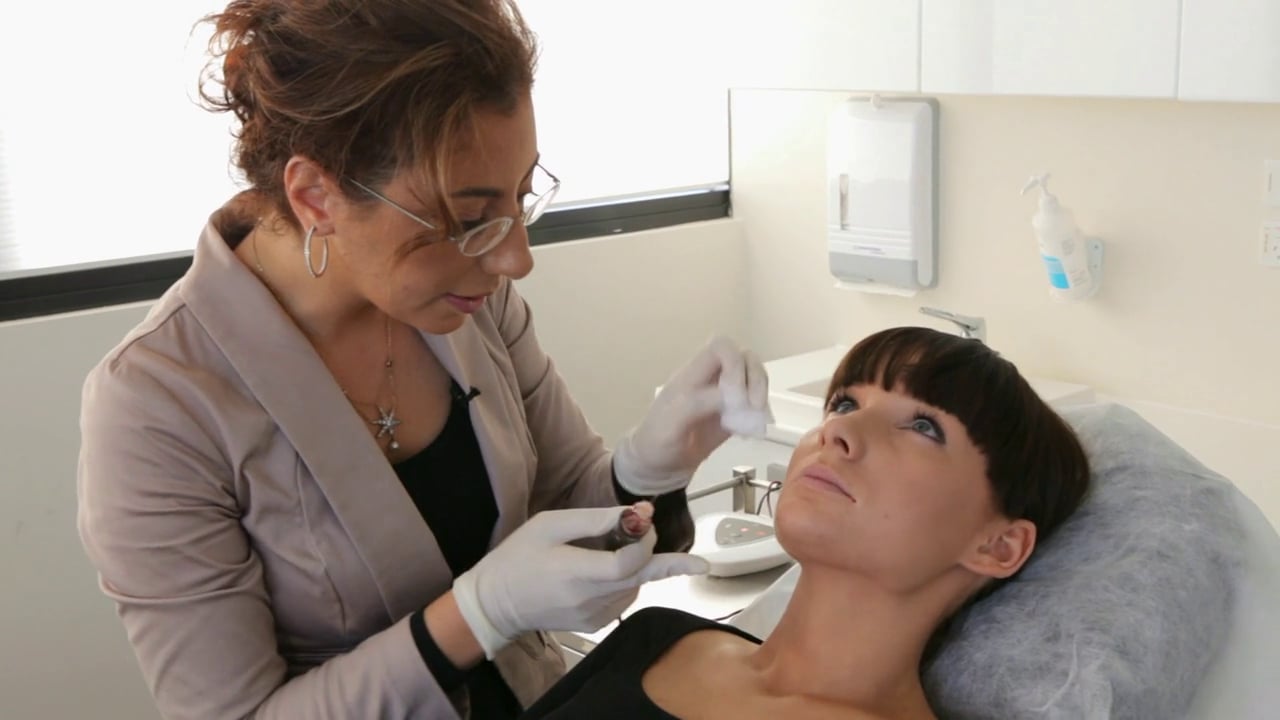Dermal fillers are becoming increasingly popular. Where once it was just celebrities that use this cosmetic procedure, along with botox, facelifts and more invasive surgery, accessible prices have skyrocketed their popularity. According to figures from WhatClinic, who compare clinics offering dermal fillers in London, the demand for the procedure rose by a staggering 113% in 2015.
Dermal fillers are used to fill out wrinkles and lines in the skin and plump the skin. This procedure can have numerous positive effects, not just beautification of the face but also improvement in self-esteem and confidence.
However, with so many clinics offering dermal fillers out there and so many different types available, deciphering between them can be difficult. Here we look at the options for dermal fillers, as well as their effectiveness over time.
How long do dermal fillers last?
How long will they last? This is one of the most frequently asked questions about this cosmetic procedure. It typically comes in tandem with queries about the cost. Much of this depends of the type of dermal fillers and the clinic that you select.
5 most popular types of dermal fillers
Looking at the most common varieties of dermal fillers and the effects may help you narrow down your choices when seeking out a clinic.
- Hyaluronic acid
This is the one of the most natural ingredients for dermal fillers. Hyaluronic acid is a sugar that naturally occurs in the body, 50% of it is in our skin. It plays an essential role in the moisture our skin can retain. As we age, the amount of hyaluronic acid our body produces slows down—the less hydrated our skin is, the more aged it will look.
The only downside is hyaluronic acid dermal fillers only tend to last up to 6 months. However, it is a method that has stood the test of time, it’s far safer and results tend to look exactly what they are: natural.
- Collagen
Another natural option is collagen. As the most common protein in the body, collagen is both abundant and has many benefits, including reducing cellulite and stretch marks. As we age, our bodies produce less collagen, although it’s worth noting that other factors, like poor diets and sun exposure, will deplete our body’s collagen levels too.
What exactly is collagen? Well in the simplest terms it’s what gives our skin its elasticity. Collagen dermal fillers will effectively tackle those signs of ageing, giving our faces a fresher, more youthful look, without looking unnatural or drastically changing the way we look.
Unfortunately, collagen dermal fillers last, on average, for less time than hyaluronic acid lip fillers—just 3 to 4 months.
- Poly-L-lactic acid
The use of Poly-L-lactic acid as dermal fillers is relatively new. Only in 2004 did the US Food and Drug Administration approved a poly-L-lactic acid (PLLA)-based injectable medical device.
Poly-L-lactic acid is a bioactive thermoplastic aliphatic polyester, however it is biodegradable and derived from renewable resources, meaning its results are temporary. The results of the recurring treatments lasts slightly longer than both hyaluronic acid and collagen dermal fillers—you can expect your skin to look more youthful for up to two years.
- Calcium hydroxylapatite
Calcium hydroxylapatite is the heaviest of facial dermal fillers, however it doesn’t involve any plastic and is temporary, lasting up to 18 months. Calcium hydroxylapatite is found naturally in human bones. The results are natural and often involve very little side effects. Experts suggest that this type of dermal filler is best used for deeper lines and wrinkles.
- Polymethylmethacrylate beads
Often referred as acrylic microspheres, polymethylmethacrylate beads are a colourless thermoplastic that are used as dermal fillers because the beads have good biocompatibility. This means that is unlikely to be rejected by the body or have any injuring effects.
This type of dermal filler is permanent, which to some might seem like the best value. However, it also brings with it an increased risk. If you get a clinic that does a poor job, it’s permanent. Many experts suggest avoiding permanent dermal fillers and sticking to temporary hyaluronic acid fillers.
Dermal fillers can be added in 30 mins and dissolved just as fast
Dermal fillers can take only a few minutes to apply but last for months, or years, depending on the type used. Application can be slightly uncomfortable but the procedures aren’t particularly painful.
Finding the right dermal fillers for you depends on each individual. Dermal Fillers that contain Hyaluronic acid have extremely low instances of allergic reaction and can be dissolved if required, however polymethylmethacrylate beads can see permanent results. Doctors can talk you through the options open to you, therefore finding the right clinic is most important.
Dermal fillers are regulated in the UK, but this is not the same worldwide. This means finding a professional and reliable clinic is essential! Despite some scare stories, there is no reason that with the right clinic, your dermal fillers won’t leave you looking and feeling beautiful.

